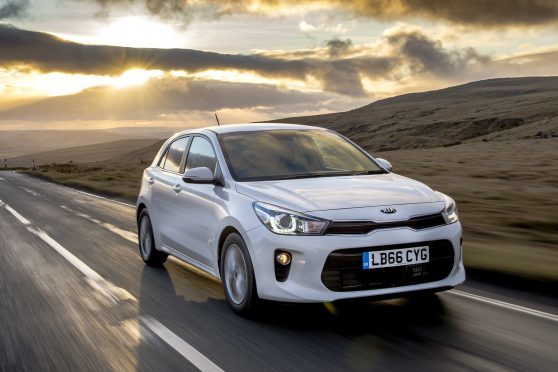Kia is well aware that driving dynamics weren’t a strong selling point of the previous third generation Rio, hence the efforts put in to making this Mk4 model more agile and interesting to drive.
The stiffer bodyshell should help here and it also allowed the development team to introduce a more compliant suspension system.
This Rio benefits from a revised spring and damper set-up better than the old model, improving the car’s compliance and comfort at all speeds, while supposedly facilitating more enjoyable, engaging handling characteristics.
A repositioned power steering gearbox should provide greater feel through the helm too.
The previous generation Rio model didn’t advance existing engine technology too much, so it’s good to see that Kia has made a bit more effort on this front this time round.
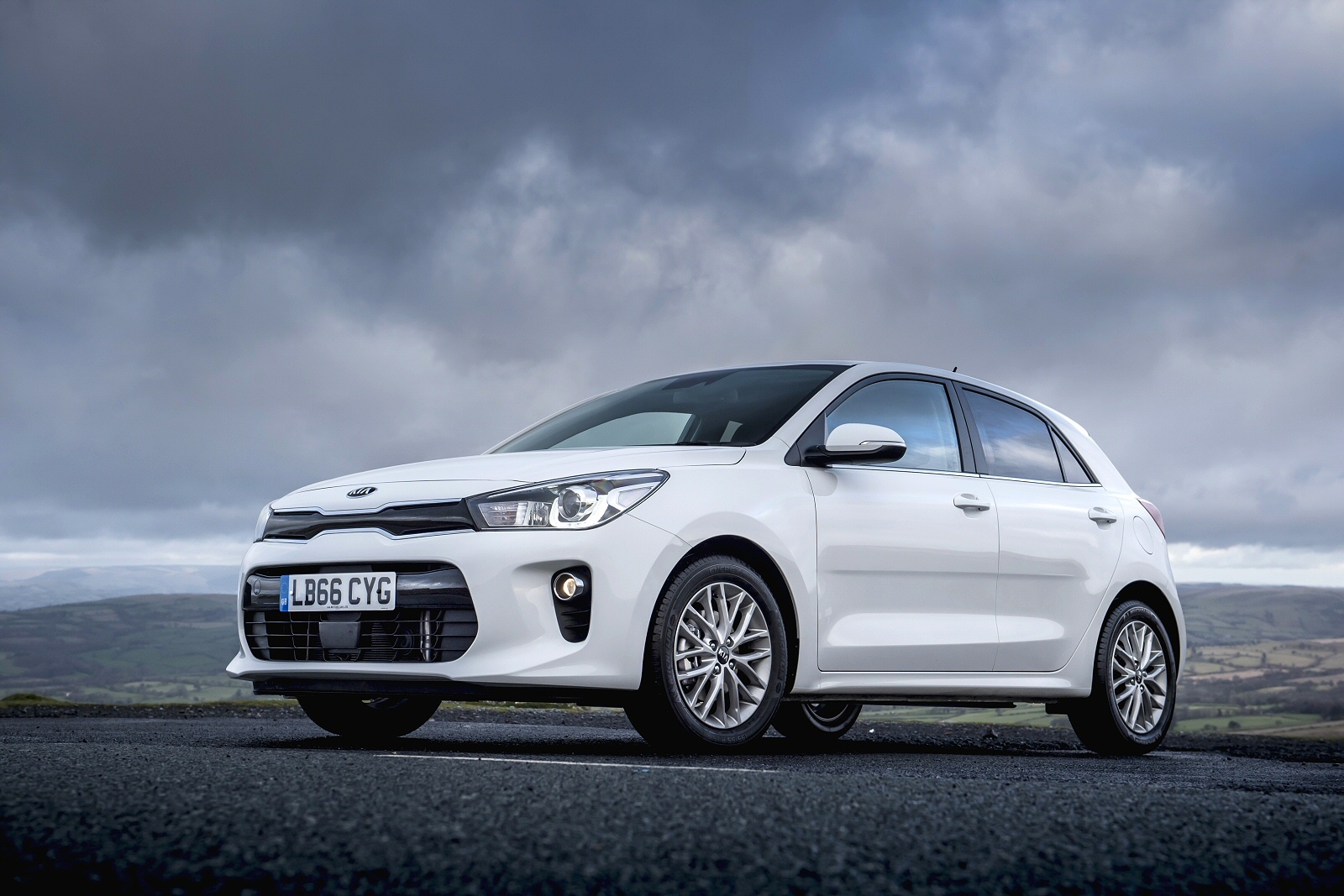
Key to the line-up is the down-sized three cylinder 1.0-litre T-GDI petrol unit we first saw on the facelifted Mk2 model cee’d family hatch, offered here – as there – with either 99 or 118bhp power outputs, in both cases accompanied by 126lb/ft of torque.
The lightweight nature of this T-GDI powerplant should benefit the Rio’s front-end handling, with less mass and inertia for the car to work against under cornering.
Less sophisticated are the 83bhp 1.25 and 98bhp 1.4-litre MPI petrol units, a comment also applicable to the 1.4-litre diesel engine, which produces 89bhp.
All engines apply power to the front wheels.
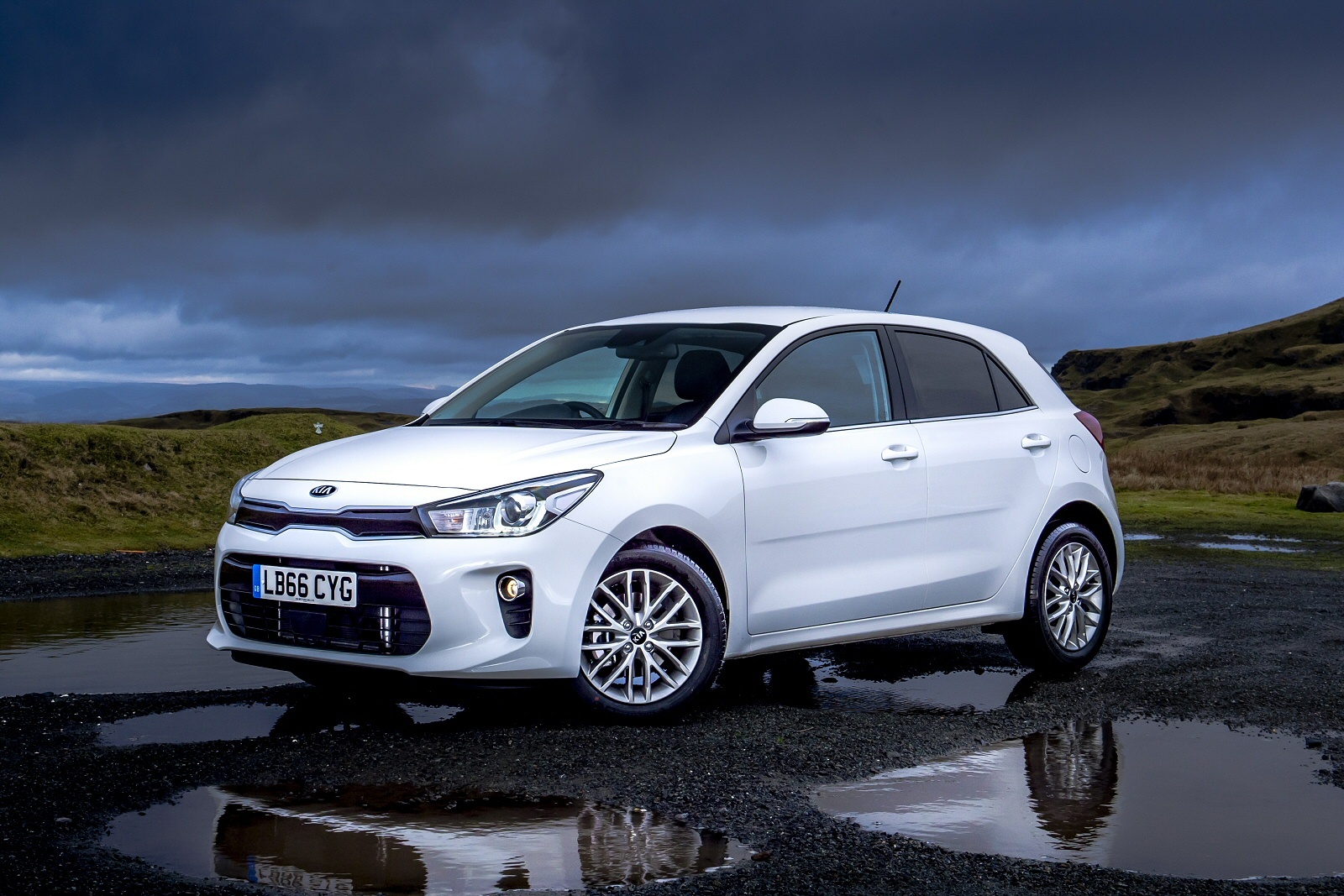
There’s a five-speed manual transmission for the base 1.25-litre petrol unit and the 99bhp 1.0-litre T-GDI powerplant. Otherwise, your Rio will come with a six-speed manual ‘box. There’s a four-speed auto option on the petrol 1.4.
This fourth generation Rio certainly looks more distinctive, the front end characterised by the latest evolution of Kia’s ‘tiger-nose’ grille, now thinner in height and wider across the front of the car, with a gloss black grille cover.
The grille is integrated with the newly-designed bi-function headlights, more sculpted for a sharper look, and featuring a new U-shaped LED daytime running light signature. In profile, the lengthened, more balanced stance is achieved with a long bonnet and longer front overhang, a 10mm longer wheelbase (up to 2,580mm), a thinner, more upright C-pillar, and a shorter rear overhang.
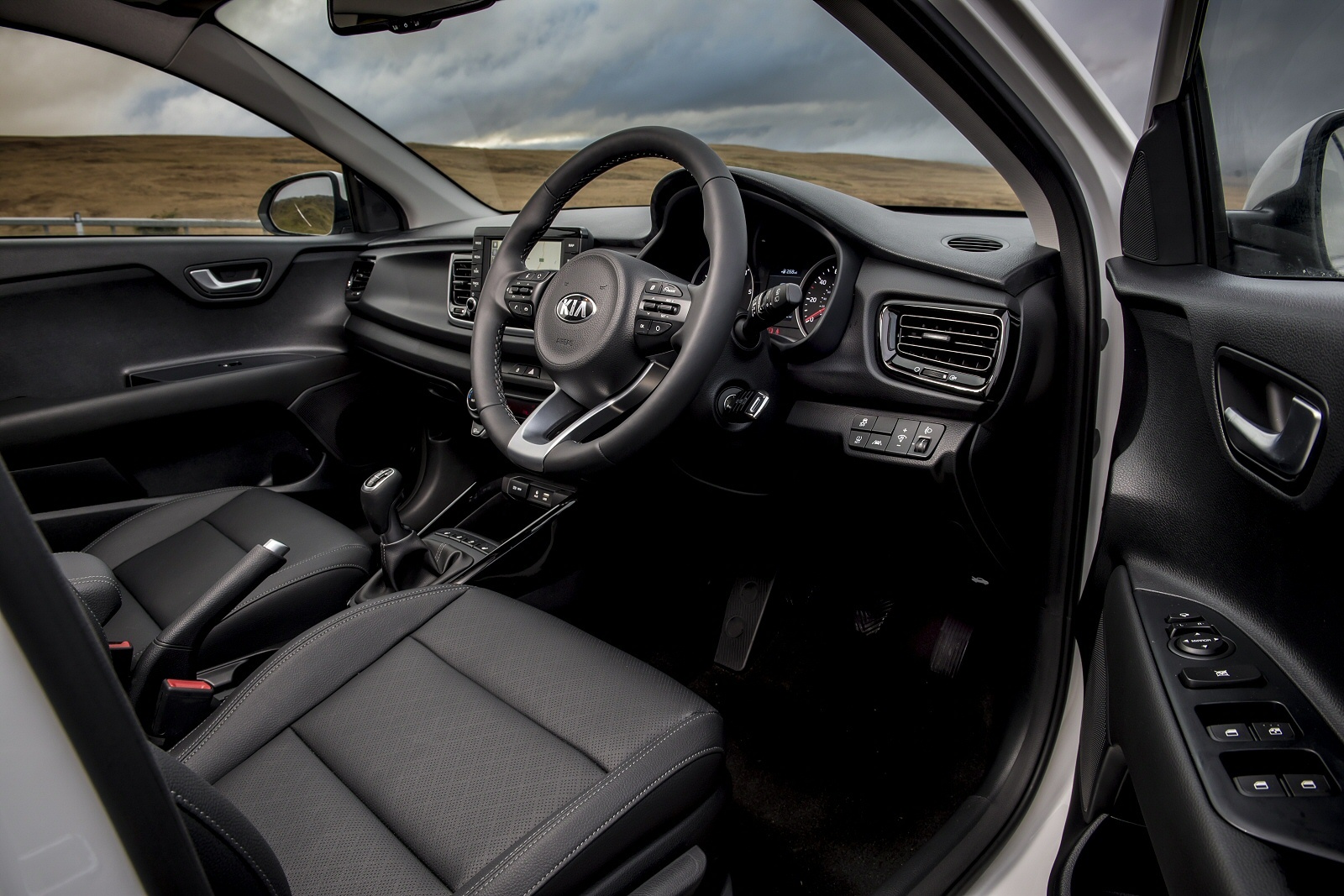
Pricing hasn’t changed too much, so as before, this car sits in the £12,000 to £18,000 bracket.
The 1.0 T-GDI petrol engines should certainly prove to be very frugal. The 99bhp version manages 62.8mpg on the combined cycle and 102g/km of CO
2
, while the 118bhp version of this unit manages 60.1mpg and 107g/km.
The 1.4 CRDi diesel manages 74.3mpg and 98g/km.
All variants get an Idle Stop & Go (ISG) system that cuts the engine when you don’t need it, stuck at the lights or waiting in traffic.
It’s easy to see why Kia is one of the fastest growing car makers in the world, doubling its global sales over the last few years thanks to a range of models now seriously troubling the European market’s established players. Here’s another one that’ll add to their concerns, smartly styled and class-leadingly spacious and efficient.
As a result, it can now compete head-on with its mainstream rivals and betters many of them.
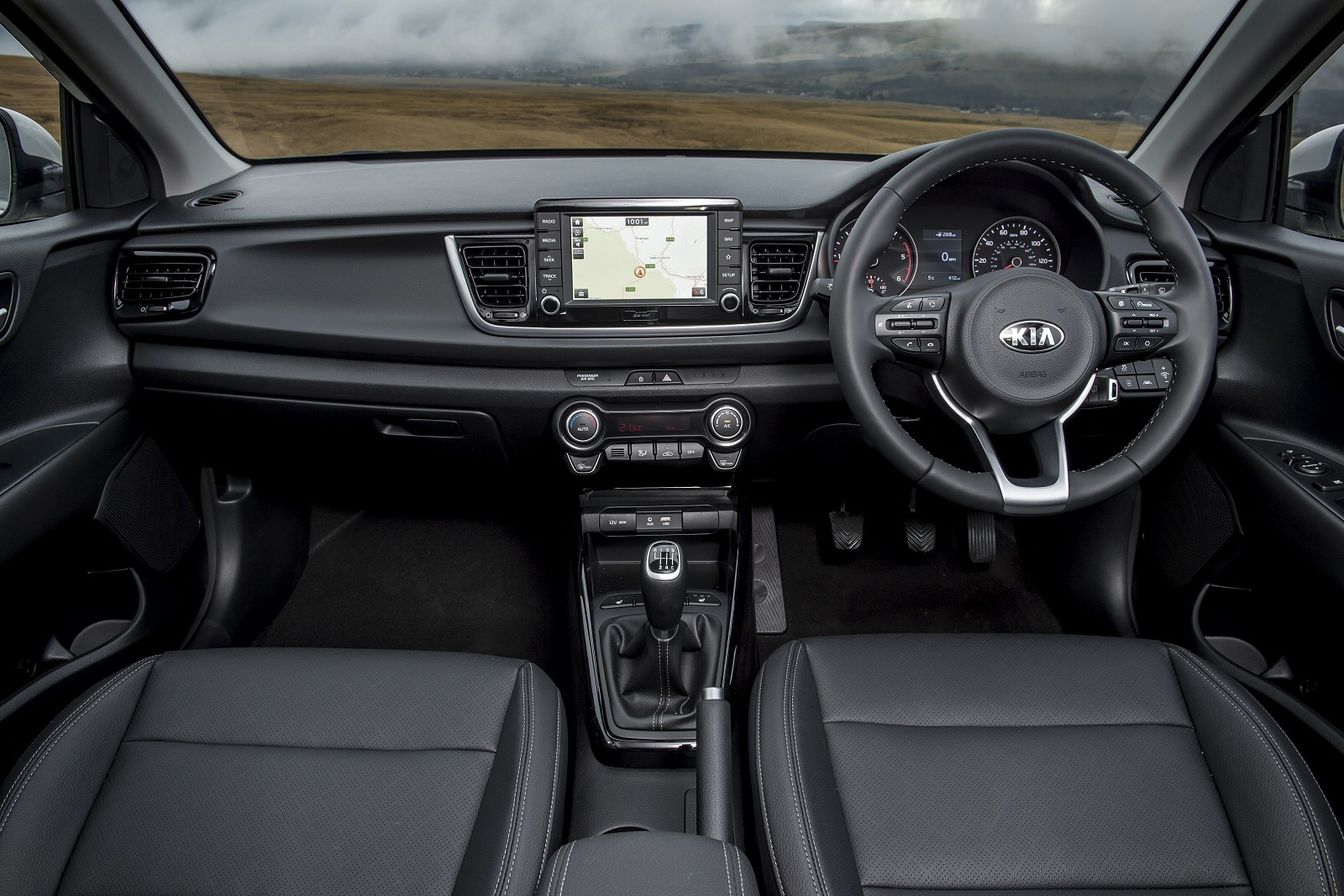
This then, is a car that has come of age. No longer is it a supermini you’d recommend largely because of generous equipment or a modest asking price. True, it still isn’t the sharpest handling car in its class and there are a few rivals with classier cabins.
None though, are more practical or more refined and few have a nicer ride – another of the reasons why this could be considered a smart alternative to a larger Focus-class family hatchback.
If you’re thinking of buying in this segment, then you probably won’t be considering this car as an option.
But take it from us, you probably should be.
